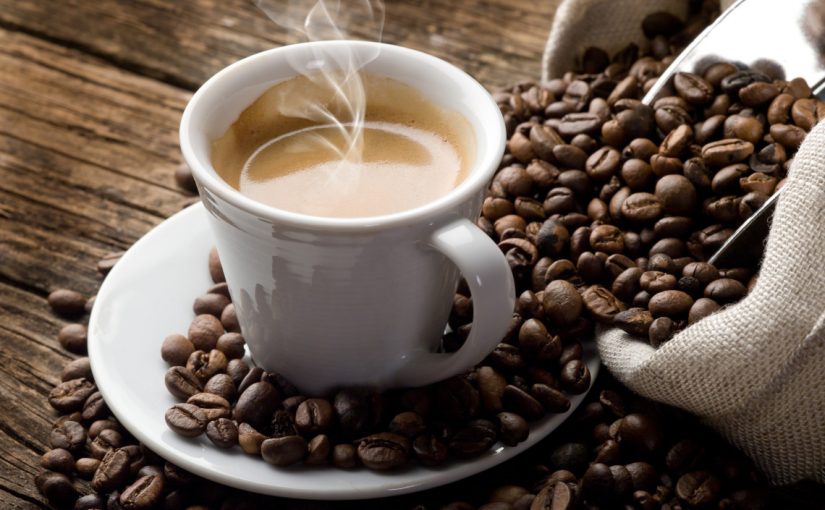Cafeteria. The coffee plant is native to Ethiopia and arrived in Europe around the seventeenth century. Consumption spread in the 1700s. Coffee is consumed almost all over the world. There is no respectable café or bar that does not offer this drink as well as in other catering sectors. Coffee is at the top of the world in terms of economic value along with oil and steel.
Coffee for your coffee shop: Typologies
Cafeteria
Coffee is a tropical plant. Many are the species of the genus Coffea, but only two are economically important: the Coffea arabica and the Coffea canephora (known as robusta).
From the Arabica you get a better quality coffee. Contains from 0.9-1.7% caffeine percentage. This variety represents 3/4 of the production in the world. Arabica improves in quality if grown at altitudes above 900 meters.
Robusta produces a lower quality coffee and a considerable percentage of caffeine, or from 1.6 to 2.8%. This plant prefers lower altitudes (200-300) than the Arabica. However, it is a variety much more resistant to diseases and critical climatic conditions.
Production and collection
Cafeteria
The production is divided into:
- Central and South America;
- Central Africa;
- Asia.
The uniformity of the climate of tropical countries allows continuous fruiting.
The collection can be manual or mechanical. Manual collection takes place in two ways: picking or stripping.
Picking involves harvesting ripe and healthy berries.
With stripping, it is expected that most of the fruits will be at the right ripening, then, in a single pass, all the fruits are harvested. With this method the product does not have a homogeneous maturation and the quality suffers. However, the cost of this collection method is much lower.
Coffee for your coffee shop: Processing

Cafeteria
After the harvest, the beans must be quickly extracted in order to avoid deterioration.
- In the dry treatment the fruits are dried in the sun. This operation can also be performed with the use of dryers. The result is safer, but poor in quality. Then the pitting and sieving takes place. The coffee thus produced is called natural or not washed.
- In the wet treatment the fruits undergo stripping and fermentation. The beans are then washed and dried. After drying, pitting is carried out. The coffee obtained from this process is called washed. This method requires a lot of water and is long and expensive, however the final product has a better quality.
Green coffee is sent in jute bags (usually 60 kg) to countries
importers.
What you need to know about coffee for your coffee shop: Mixing and roasting
Cafeteria
In order to obtain a drink with the right body, aroma and taste, it is necessary to mix different types of coffee, in terms of quality and origin.
Mixing allows for a product with constant characteristics. This is important because the consumer gets used to a taste and matches it to a certain brand.
The roasting gives the coffee the taste, aroma and color that characterize it.
The degree of toasting varies depending on the country where the procedure takes place. In Italy, a strong and marked taste is preferred and toasting is carried out at higher temperatures and times (in the south than in the north). The opposite happens in countries that like a coffee with a lighter taste.
After roasting, the coffee is quickly cooled. A strong coffee does not necessarily have a better quality, but only a greater toasting.
Cafeteria
Four methods are used to make coffee:
- Non-hermetic closure: the coffee is closed in bags practicing 1-2 small holes in the package. The packaged coffee should be used within a month;
- Vacuum-packed: the coffee is packaged after removing the air and this allows the product to remain for about six months;
- Pressurization: the coffee is packaged in watertight metal containers. This method, more expensive, allows a long conservation (even more than 3 years).
Decaffeinated coffee
Decaffeinated coffee contains little caffeine (about 0.1% on the dry substance). Caffeine is eliminated from the green bean through the use of water or carbon dioxide. At the bar the decaffeinated coffee is already ground in single-dose packets or in beans; this last solution offers superior qualitative results.
Read also: PIZZERIE, BAR, FAST FOOD FOR AUCTION: THE SPEED OF TRANSPORT



